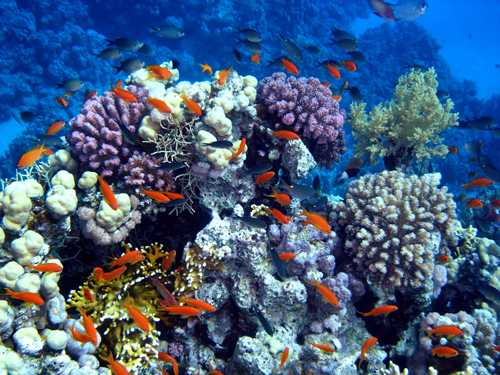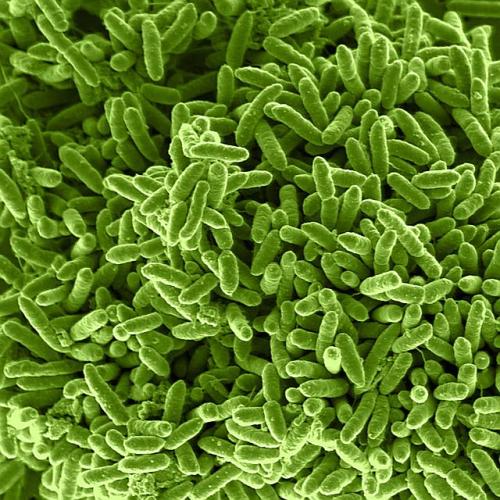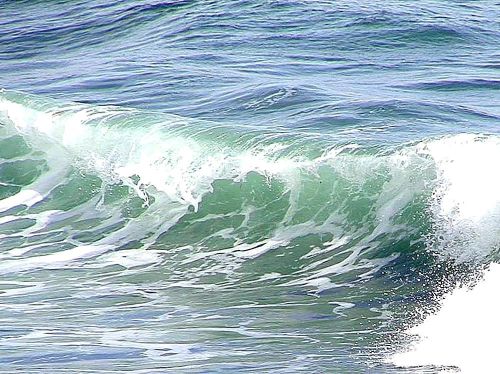While the word “bacteria” conjures images of human illness and death for many people, the vast majority of bacteria in the world allow for the healthy functioning of humans and ecosystems. The way they do this ranges from breaking down food in animals’ digestive systems (yes, even ours) to cycling life-giving chemical elements from things like sediment and rocks back into living food chains. Today I will be discussing only one aspect of only one of our hidden little friends—Shewanella oneidensis’ power to mobilize the critical element iron for use by other organisms. Without Shewanella, you and I and most other life on earth would have a big problem on our hands.

Iron is an essential part to all life. Important for all organisms, it is found in all life from the bacteria that live on your skin to the plants that grow in your garden. In biological systems iron is most commonly found in a molecule called heme that carries oxygen in blood and helps transform the energy stored in food into energy that can be used by cells. Without available iron in the environment today, organisms would not grow and thrive.
Shewanella oneidensis can live and function both with and without oxygen present in its environment. Organisms that can do this are known as facultative anaerobes. Shewanella can most generally be found in environments with very little oxygen. These include at the bottom of the ocean and in soil or sediments.

It is here, in these habitats that we find Shewanella in close contact with iron in the form of raw minerals such as ferrihydrite, goethite, and hematite. At this point you may be asking, if there is already iron sitting around in the environment, why is this bacteria so important? The answer is that the iron all around us is locked away in a form that most organisms can’t use. It is here that Shewanella becomes so important. This critical organism unlocks the iron found in the environment and frees it for all organisms to use. The process through which Shewanella transforms iron is called reduction. During reduction, Shewanella donates negatively charged electrons to positively charge iron ions, thus reducing the overall charge on iron. These new iron ions (Fe2+ for those keeping track) have the special ability to dissolve in water. So, by changing the charge on iron ions, Shewanella transforms them from a form that cannot dissolve in water to a form that can—thus releasing the life-giving nutrient into the aquatic environment for other organisms to use.

Here comes a crazy twist! The critical element that allows Shewanella to do this is actually iron! So, without iron to start with, Shewanella could not release iron to be used by other organisms. Scattered across its outermost protective membrane, Shewanella keeps a large amount of the iron-containing heme molecules I mentioned above. These heme molecules are used in larger biological proteins known as cytochromes, which are known for their ability to transfer electrons. With this ability, cytochromes are most frequently used by organisms to create the voltage that organisms use to transform and store energy. Shewanella however, uses cytochromes in its outer membrane to transport electrons to the surrounding iron.
In the end, Shewanella oneidensis plays a critical role in the world today by providing pathways for iron to enter ecosystems. As I said in the beginning, Shewanella is only one of thousands, if not millions of the otherwise anonymous bacteria that have no direct interactions with us, but play a critical role in the environment. Although some bacteria may cause disease and death, I hope this one small snapshot into the hidden life of our little friends showed you that bacteria are not so bad after all.
